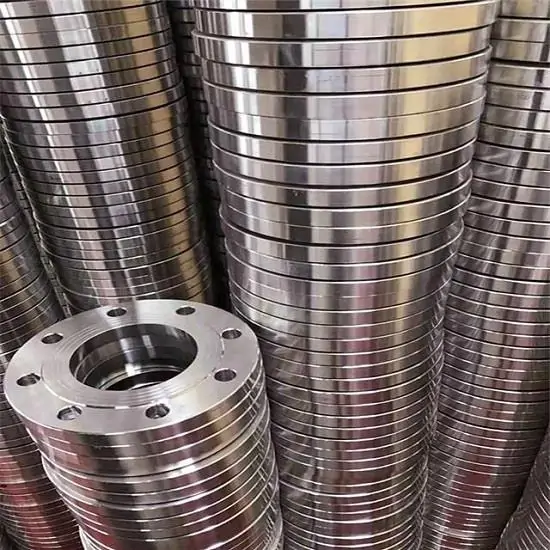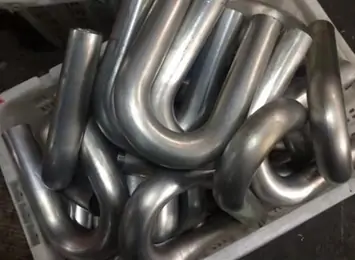Stainless steels have high strength and good corrosion resistance. They are widely used in various industries. 304 and 316 stainless steel are the two most commonly used. Although they are very similar, there are some differences. You can’t tell the difference just by looking at them.
What is SS 304?
Stainless steel 304 is a widely used grade composed of 18% chromium and 8% nickel. It has good strength, durability, and corrosion resistance. Its versatility makes it ideal for general-purpose applications such as kitchen appliances and industrial equipment.
What is SS 316?
A higher grade of stainless steel alloy, ss 316, offers greater corrosion resistance. SS 316 contains 2-3% molybdenum in addition to chromium and nickel, providing better resistance to chlorides and other corrosive substances. This makes it particularly suitable for marine environments and applications exposed to harsh chemicals.

Key differences between SS 304 and SS 316
Composition:
The main difference between SS 304 and SS 316 is the addition of 2 to 3% molybdenum to SS 316. SS 304 contains 18% chromium and 8% nickel, in addition to a significant amount of iron. SS 316 contains the same basic composition as SS 304 but with the addition of molybdenum. This molybdenum increases the corrosion resistance of SS 316.
Corrosion Resistance:
Both SS 304 and SS 316 are corrosion resistant, but SS 316 is better suited for exposure to areas filled with chlorides, such as seawater. When exposed to salt or other corrosive elements, SS 304 is more prone to pitting and corrosion over time.
Uses:
SS 304 is widely used in general-purpose installations such as general kitchen equipment, plumbing, and building structures.
SS 316 is used in more demanding environments such as marine, pharmaceutical, and chemical processing industries.
Cost: SS 316 typically costs more than SS 304 because it has a higher molybdenum content and performs better in extreme conditions.

Conclusion
SS 304 and SS 316 are excellent choices for different applications and the decision depends on the environment in which the material will be used. ss 304 is used in conditions where corrosion is not very high, while ss 316 is used in conditions where corrosion is high, such as in the marine and chemical industries. Therefore, it is important to determine the best grade of stainless steel to use in a project based on the requirements.
